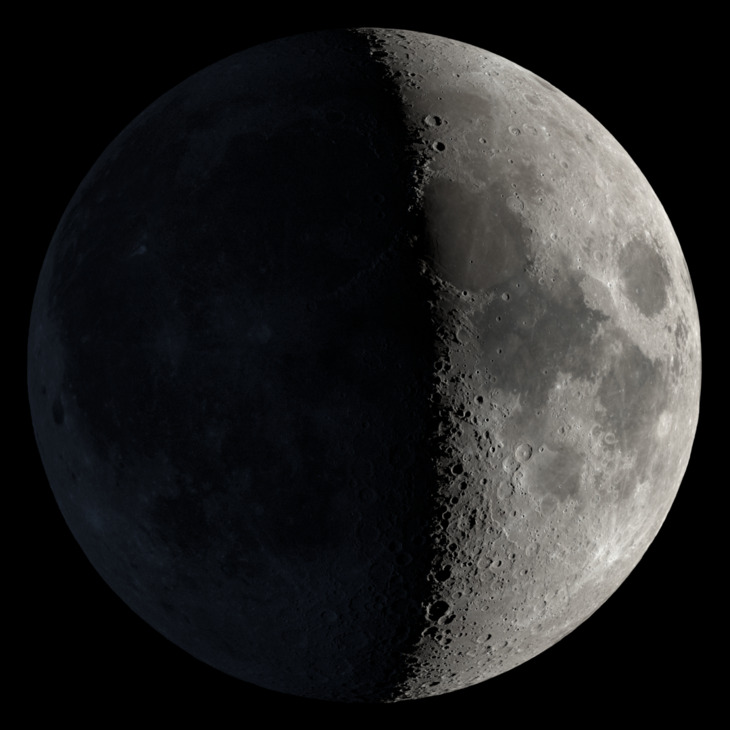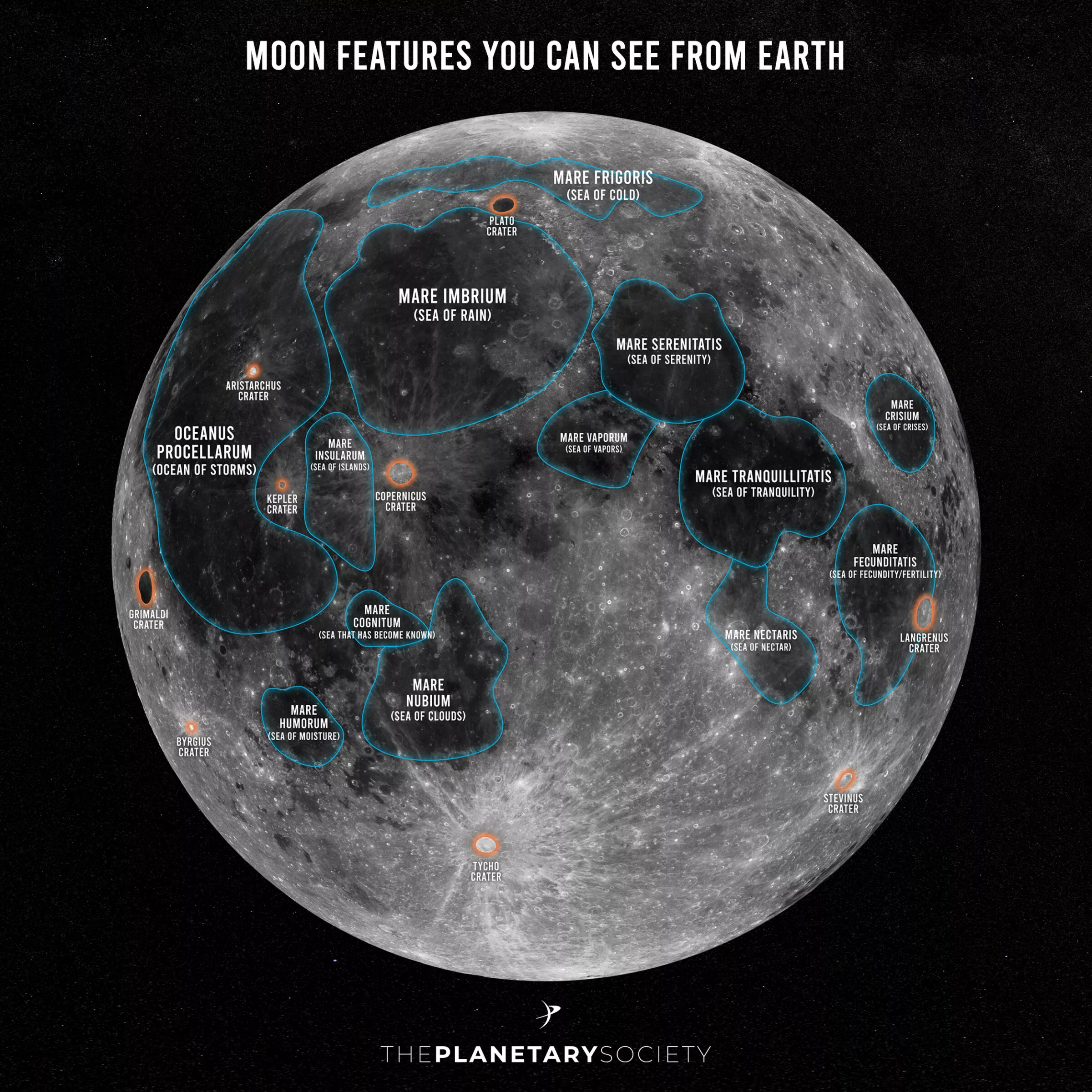29223 County 28 Blvd Frontenac MN 55026
Frontenac State Park 65th Anniversary Celebration
Public Sky Observing of the young Moon – 6.3 days after New Moon, planets Saturn, Neptune, Jupiter, Uranus and later Mars, bright stars, double stars, and more by telescope with guidance members of the Rochester Astronomy Club.
Reload this page before you leave for the event. Event can be cancelled in case of cloudy weather, date change or another reason.
Astronomy League:
Navigating the mid September Night Sky – PDF
What’s up – PDF
Binocular Messier – Monthly highlights include:
Easy – 2, 3, 4, 5, 6, 7, 8, 10, 11, 12, 13, 15, 16, 17, 18, 22, 23, 24, 25, 27, 29, 31, 39, 52, 55, 92, 103.
Medium – 14, 19, 28, 30, 33, 40, 62, 63, 80, 81, 82, 94.
Hard – 9, 26, 32, 51, 54, 56, 71, 75, 101, 106.
Big Binoculars –69, 70, 72, 102, 107, 109, 110.
Caldwell list
Double Star Observing Program List – PDF
Carbon Star Observing Program List – PDF
ISS:
01 Oct -3.4 19:41:54 10° NW 19:45:11 52° NNE 19:47:30 18° E visible
01 Oct -1.2 21:18:57 10° W 21:20:24 19° W 21:20:24 19° W visible
Moon on Saturday October 1 evening

Credit: NASA Scientific Visualization Studio
moon-phase-calendar-2022
Moon first quarter Fridays: 1/7, 2/4, 3/11, 4/8, 5/6, 6/3, 7/8, 8/5, 9/2, 9/30, 11/4, 12/2.
In the Sky September/2022, Phases of the Moon 2022, Holidays 2022
Sun and Moon data

| Object | Mag | Distance | Note |
|---|---|---|---|
| Stars | |||
| Vega | 0 | 25 ly | α Lyrae, brightest start on the Northern sky |
| Altair | 0.8 | 16.7 ly | α Aquilae, southern part of the Summer Triangle |
| Deneb | 1.25 | 2615 ly | α Cygni, blue-white supergiant, Abs.mag −8.38 at 10pc |
| Double Stars – list PDF | |||
| Mizar | 2.2 | 83 ly | ζ Ursae Majoris (quadruple star) forms a naked eye double star with Alcor 4mag, 12′ apart |
| Albireo | 3 | 430 ly | β Cygni, A (amber, 3.1m), and B (blue-green, 5.1m) are separated by 35″ |
| Cor Caroli | 2.9 | 100 ly | α CVn, Alpha Canum Venaticorum, 12:56.0 +38°19′ 2.9, 5.5 19.5″ 230° |
| Carbon Stars – list PDF | |||
| U Hya | 4.5 | 680 ly | 10 37 33 -13 23 04 4.5-6.2 450 Hya C6.5(N2) SAO 156110 HIP 52009 HD 92055 |
| V Aql | 6.6 | 1300 ly | 19 04 24 -05 41 05 6.6-8.4 353 Aql C5-C6(N6) SAO 142985 HIP 93666 HD 177336 |
| U Cam | 6.9 | 530 ly | 03 41 48 +62 38 54 6.9-7.6 ? Cam C3-C6(N5) SAO 12870 HIP 17257 HD 22611 |
| Planetary Nebulae | |||
| Dumbbell Nebula | 7.4 | 1360 ly | Apple Core Nebula, Messier 27, and NGC 6853, 8.0′ × 5.6′ |
| Ring Nebula | 8.8 | 2567 ly | M57 and NGC 6720, 230″ × 230″ |
| Saturn Nebula | 8.0 | 5200 ly | NGC 7009 or Caldwell 55, discovered by William Herschel on September 7, 1782; 41″ × 35″ |
| Open Clusters | |||
| Wild Duck Cluster | 5.8 | 6120 ly | Messier 11, or NGC 6705 one of the richest and most compact of the known open clusters; 22.8′ |
| Eagle Nebula | 6.4 | 5700 ly | M16 | NGC 6611 | Star Queen Nebula, Pillars of Creation: HST; 70×50′ – difusse nebula and open cluster |
| Messier 103 | 7.4 | 10 000 ly | NGC 581, few hundred mainly very faint stars, 6′ |
| Globular Clusters | |||
| M 13 | 5.8 | 22 200 ly | NGC 6205 | Great Globular Cluster in Hercules ; 20′ |
| M 92 | 6.4 | 26 700 ly | NGC 6341 | in Hercules ; 14′ |
| M 2 | 6.5 | 55 000 ly | NGC 7089 | in Aquila ; 16′ |
| Galaxies | |||
| M 31 | 3.4 | 2.4 Mly | Andromeda Galaxy | NGC 205 |
| M 81 | 6.9 | 12 Mly | NGC 3031 | Bode’s Galaxy, next to irregular M82 | Ursa Major; 26.9 × 14.1′ |
| M 51 | 8.4 | 31 Mly | Whirlpool Galaxy in Canes Venatici | NGC 5194; 11′.2 × 6′.9[ |

